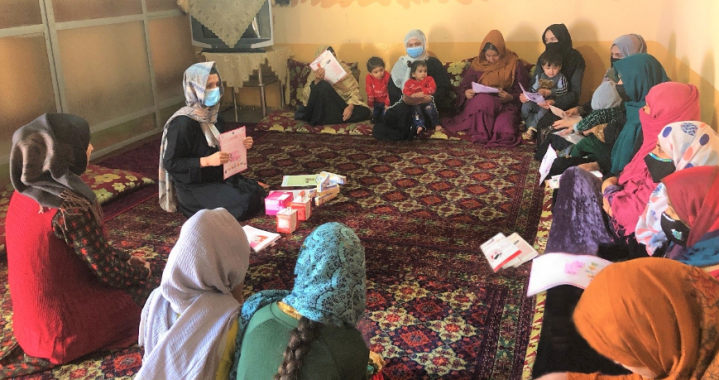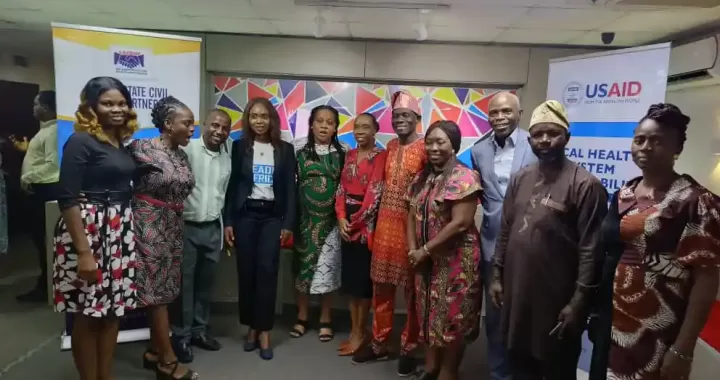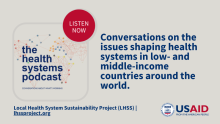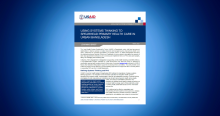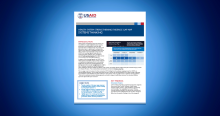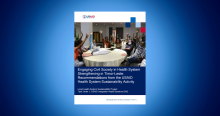Systems Thinking
Systems thinking is an approach that views the problem as part of a wider dynamic system demanding a deep understanding of the linkages, relationships, interactions and behaviors among the system elements and actors. It uses a set of analytic approaches— and associated tools—that seek to understand how systems function, evolve, behave, and interact with their environments and influence each other. Per USAID's Health System Strengthening Vision in 2030, systems practice is the use of systems thinking throughout the design, implementation, monitoring, evaluation, and adaptation of USAID projects.
LHSS applies systems thinking and systems practice to building inclusive, resilient, and sustainable health systems solutions through:
- Approaching the system holistically by engaging all players in the system and bringing together different perspective
- Identifying systematic solutions that work across different levels of the health system
- Promoting diversity and inclusion through the creation of dynamic networks and linkages amongst stakeholders
- Encouraging feedback loops which allows for continuous learning and adaptation to the evolving contextual and environmental system dynamics
- Strengthening stakeholders’ ability to conduct system-wide planning, evaluation, and research
Knowledge Products
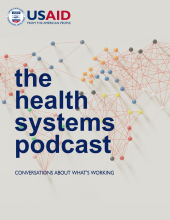
In this episode, we talk with Midori de Habich & Miguel Pulido on what systems thinking means and why it matters in health systems strengthening.
This brief presents what LHSS has learned through applying a systems thinking approach to its support for HSCs’ advocacy efforts in expanding PHC services in urban Bangladesh.
This two-pager focuses on USAID’s Learning Question 1, “What are the contributions of systems thinking approaches and tools to changes in health system outcomes? How do systems thinking approaches affect health system outcomes?”
This document explores the issues facing the Timorese health system, identifies the existing mechanisms for engagement between the MoH and CSOs, and offers recommendations to improve the engagement.

